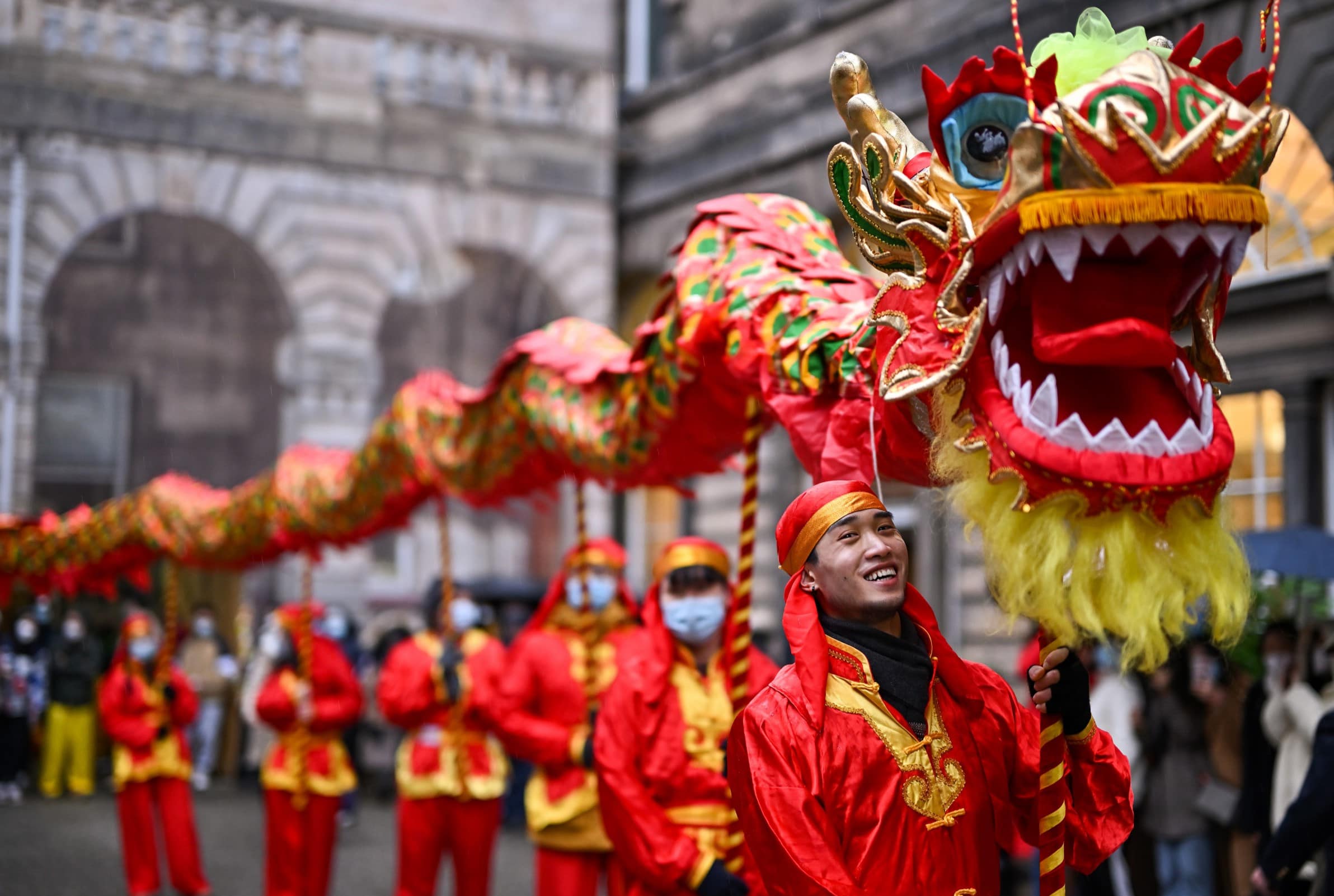
Chinese New Year is a vibrant celebration filled with traditions, colors, and joy. Ever wondered why it's such a big deal? It's the most important holiday in China, marking the start of the lunar new year. Families reunite, feasts are prepared, and red decorations fill homes. But there's more to it than just fireworks and dragon dances. Did you know that each year is represented by one of twelve animals in the Chinese zodiac? Or that cleaning your house before the new year sweeps away bad luck? Chinese New Year is a blend of ancient customs and modern festivities, making it a unique cultural experience. Ready to learn some cool facts? Let's dive in!
What is Chinese New Year?
Chinese New Year, also known as the Spring Festival, is one of the most significant holidays in Chinese culture. It marks the beginning of the lunar new year and is celebrated with various traditions and customs.
-
Chinese New Year falls on a different date each year. The date is determined by the lunar calendar, usually between January 21 and February 20.
-
It lasts for 15 days. The celebration starts on the first day of the lunar new year and ends with the Lantern Festival on the 15th day.
Traditions and Customs
Chinese New Year is rich with traditions that have been passed down through generations. These customs are meant to bring good luck and prosperity for the coming year.
-
Red is the dominant color. Red symbolizes good fortune and joy. People decorate their homes with red lanterns, couplets, and paper cuttings.
-
Cleaning the house. Before the new year, families clean their homes to sweep away bad luck and make way for good luck.
-
Reunion dinner. On New Year's Eve, families gather for a big feast, often including dishes like dumplings, fish, and sticky rice cakes.
Symbolic Foods
Food plays a crucial role during Chinese New Year, with each dish carrying symbolic meanings.
-
Dumplings represent wealth. Their shape resembles ancient Chinese money, symbolizing prosperity.
-
Fish signifies abundance. The word for fish, "yu," sounds like the word for surplus, indicating a wish for more in the coming year.
-
Nian Gao (sticky rice cake) means higher year. Eating this cake is believed to bring progress and growth.
Zodiac Animals
Each Chinese New Year is associated with one of the 12 zodiac animals, which rotate in a cycle.
-
2023 is the Year of the Rabbit. The rabbit symbolizes peace, longevity, and prosperity.
-
The zodiac cycle repeats every 12 years. Each animal has its own characteristics and influences the personality traits of people born in that year.
Superstitions and Beliefs
Chinese New Year is also a time for various superstitions and beliefs aimed at ensuring a prosperous year.
-
Avoid washing hair on New Year's Day. Washing hair is believed to wash away good luck.
-
No sweeping or taking out garbage. Doing so might sweep away good fortune.
-
Giving red envelopes. Elders give red envelopes filled with money to children and unmarried adults for good luck.
Celebrations Around the World
Chinese New Year is celebrated not only in China but also in many other countries with significant Chinese populations.
-
Chinatown parades. Cities like San Francisco, New York, and London host grand parades featuring lion dances, dragon dances, and fireworks.
-
Fireworks and firecrackers. These are set off to scare away evil spirits and bring good luck.
-
Temple fairs. In China, people visit temple fairs to enjoy traditional performances, snacks, and crafts.
Modern Adaptations
While many traditional customs remain, modern influences have also shaped how Chinese New Year is celebrated today.
-
Digital red envelopes. With the rise of mobile payment apps, digital red envelopes have become popular.
-
Travel boom. The holiday is one of the busiest travel seasons in China, as millions of people return to their hometowns.
-
Television specials. The CCTV New Year's Gala is a must-watch program featuring music, dance, and comedy.
Fun Facts
Here are some interesting tidbits about Chinese New Year that you might not know.
-
The longest public holiday in China. Most people get at least a week off work to celebrate.
-
Spring Festival Gala is the most-watched TV program. It attracts over a billion viewers each year.
-
The world's largest annual human migration. Known as "Chunyun," this period sees millions traveling to reunite with family.
-
Mandarin oranges are a symbol of good luck. Their name sounds like the word for "luck" in Chinese.
-
The Lantern Festival marks the end of the celebrations. On the 15th day, people release lanterns into the sky or float them on water, symbolizing the letting go of the past year.
Embracing the Spirit of Chinese New Year
Chinese New Year isn't just another holiday; it's a vibrant celebration filled with traditions, family gatherings, and cultural significance. From the colorful parades to the delicious feasts, every aspect of this festival brings people together. The red envelopes, lion dances, and fireworks all symbolize good luck and prosperity for the coming year. Understanding these customs helps us appreciate the rich heritage behind this festive season. Whether you're participating in the festivities or just learning about them, the spirit of Chinese New Year is all about unity, joy, and renewal. So next time you see those vibrant decorations or hear the drums of a lion dance, you'll know there's a deeper meaning behind the celebration. Happy Chinese New Year!
Was this page helpful?
Our commitment to delivering trustworthy and engaging content is at the heart of what we do. Each fact on our site is contributed by real users like you, bringing a wealth of diverse insights and information. To ensure the highest standards of accuracy and reliability, our dedicated editors meticulously review each submission. This process guarantees that the facts we share are not only fascinating but also credible. Trust in our commitment to quality and authenticity as you explore and learn with us.


